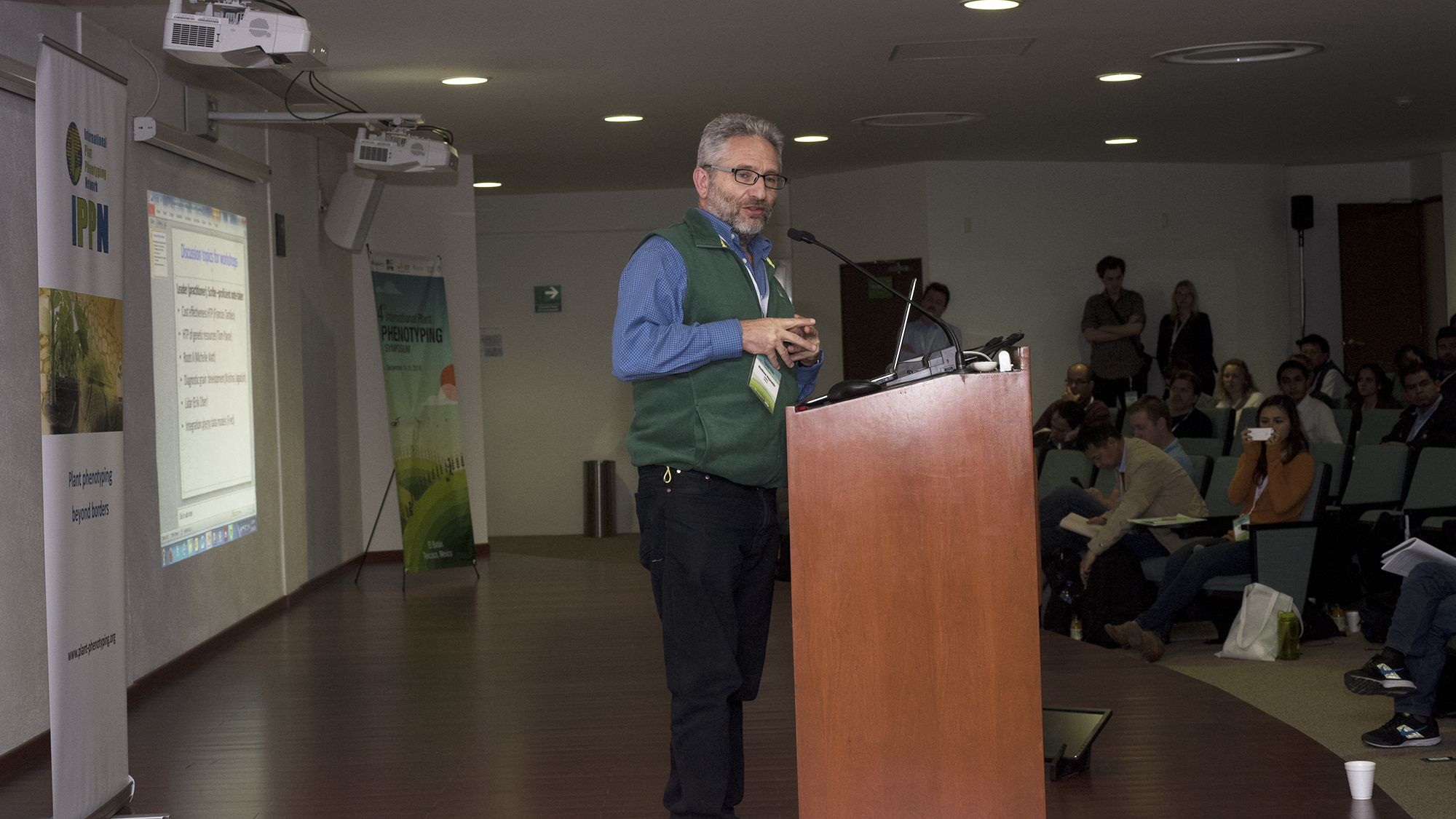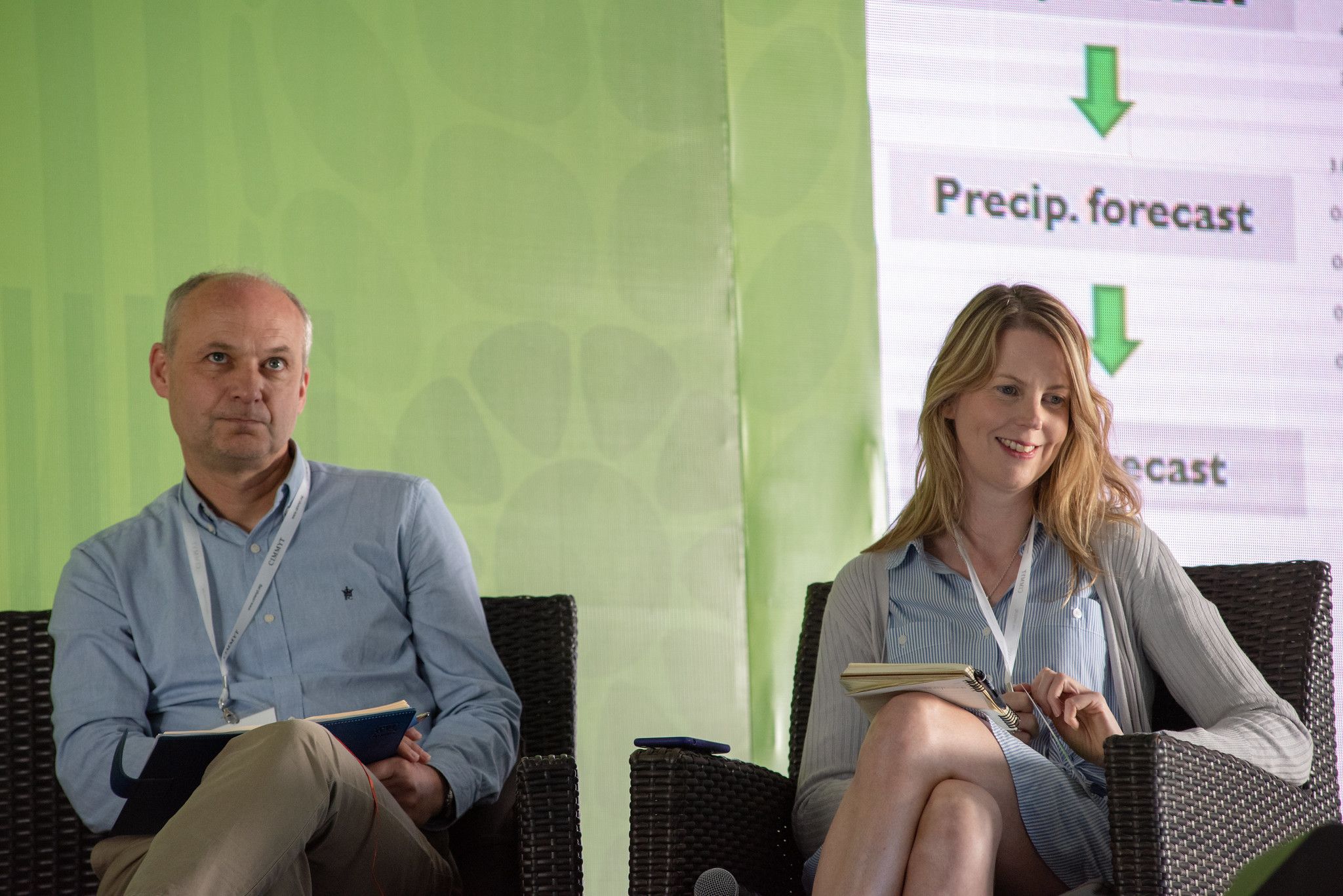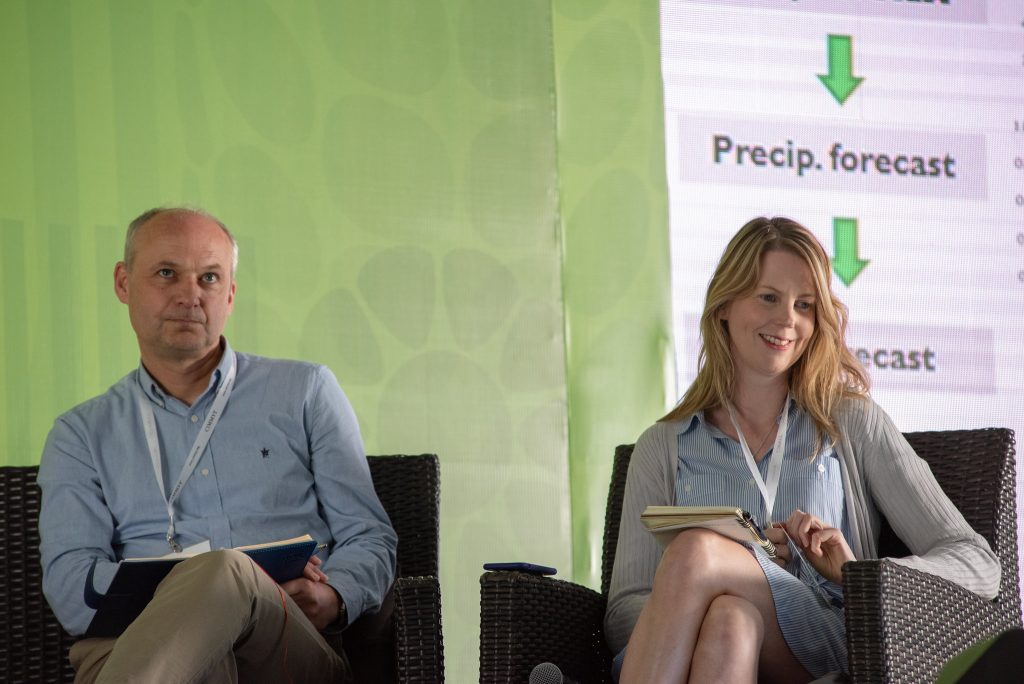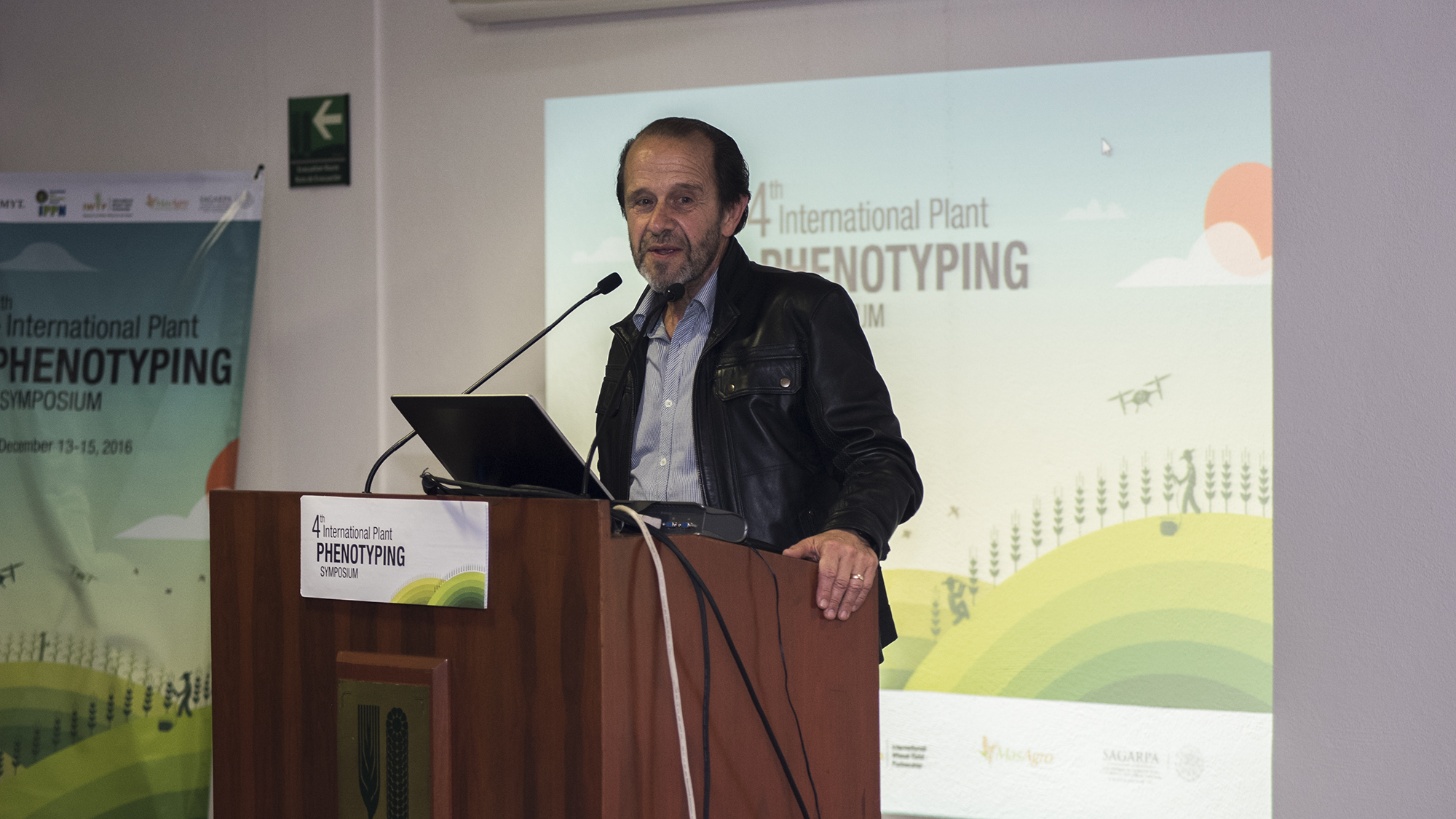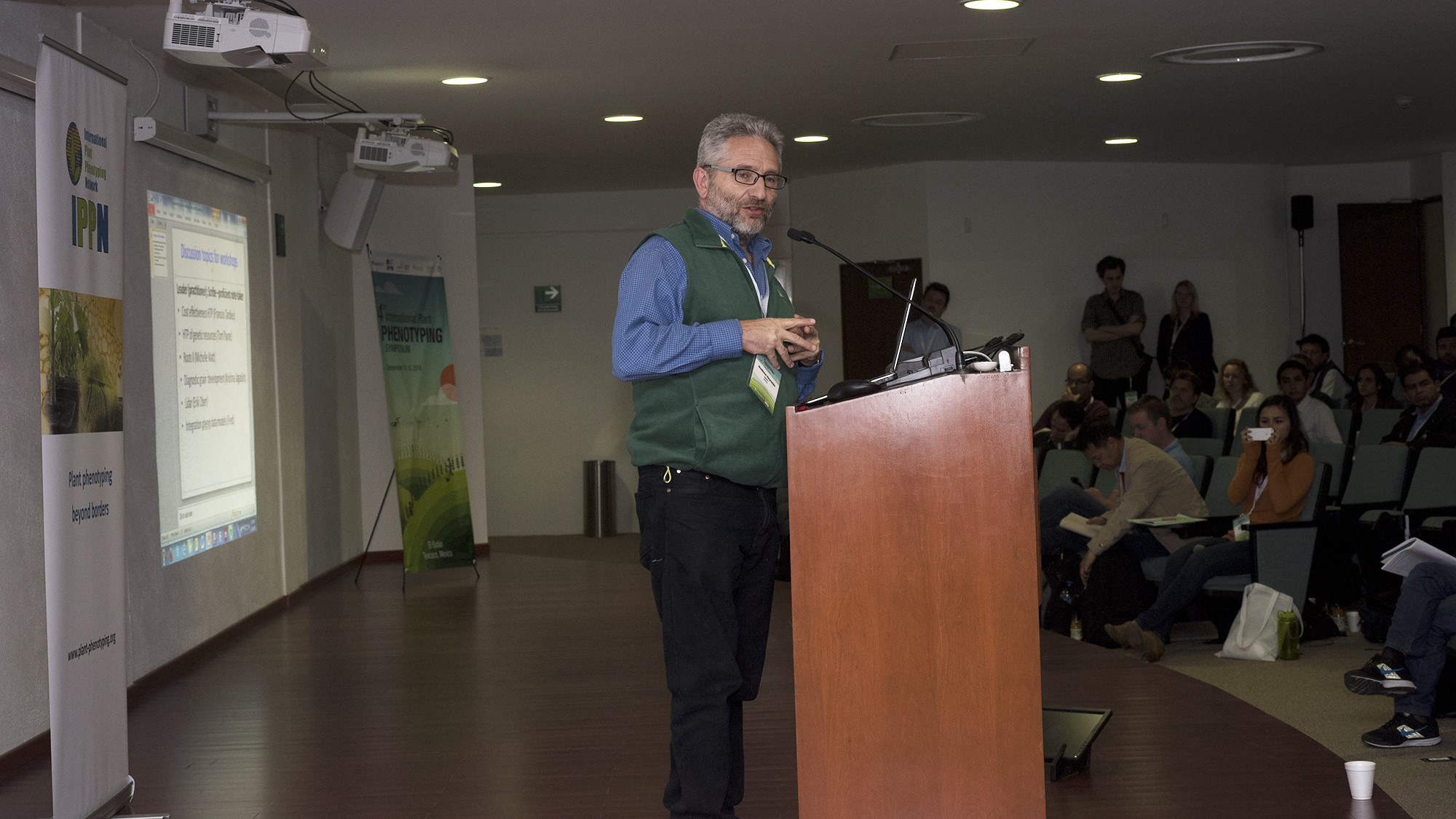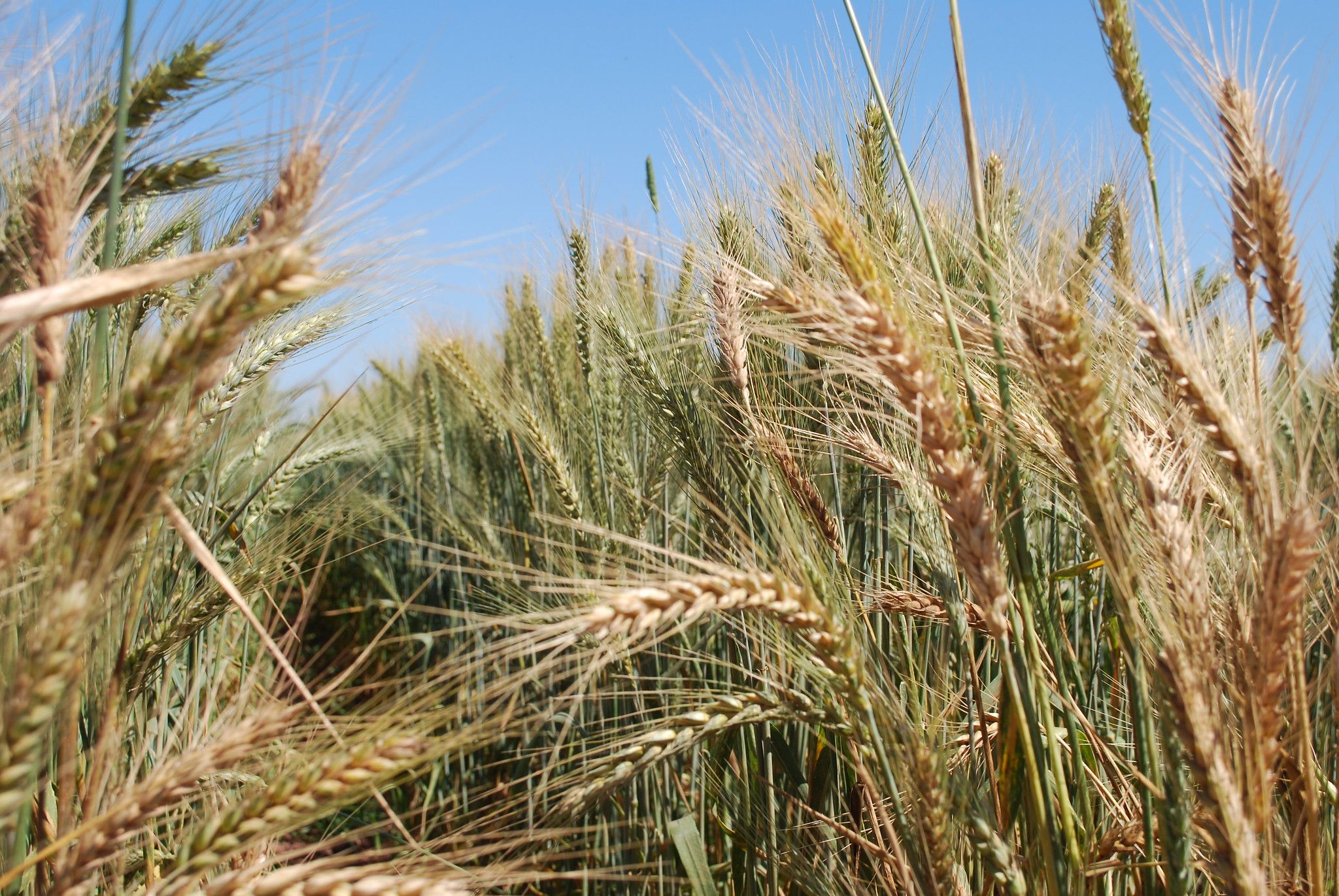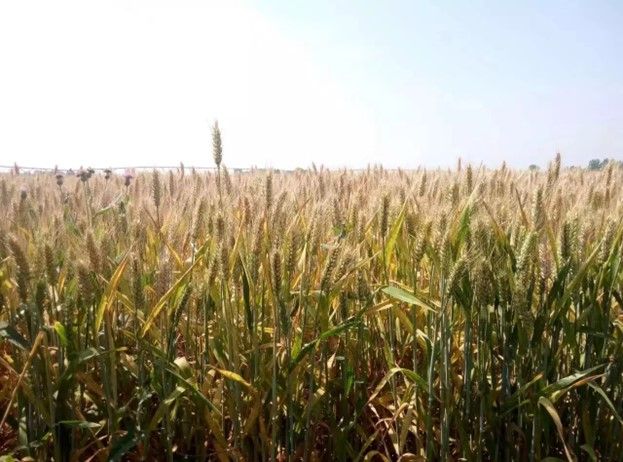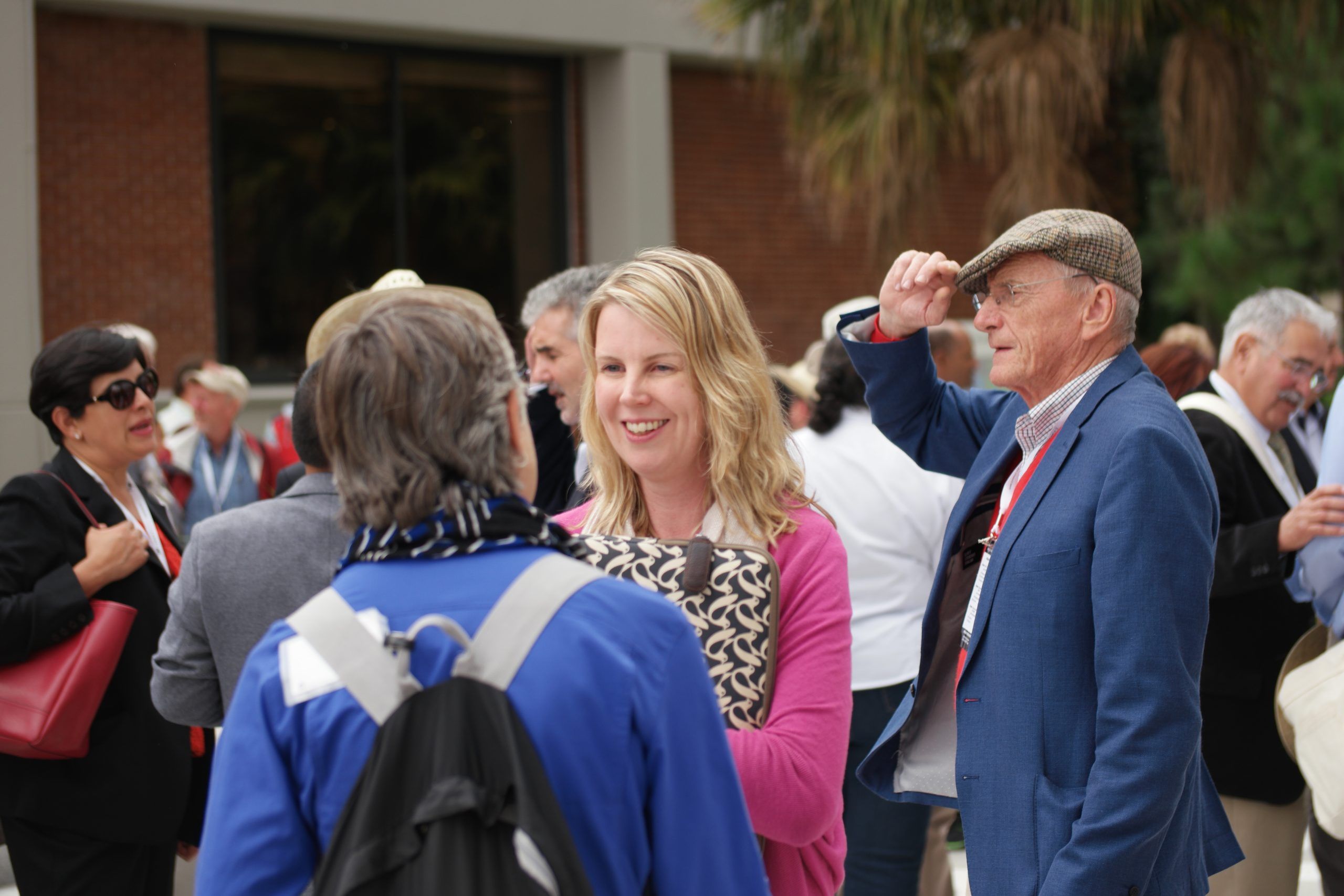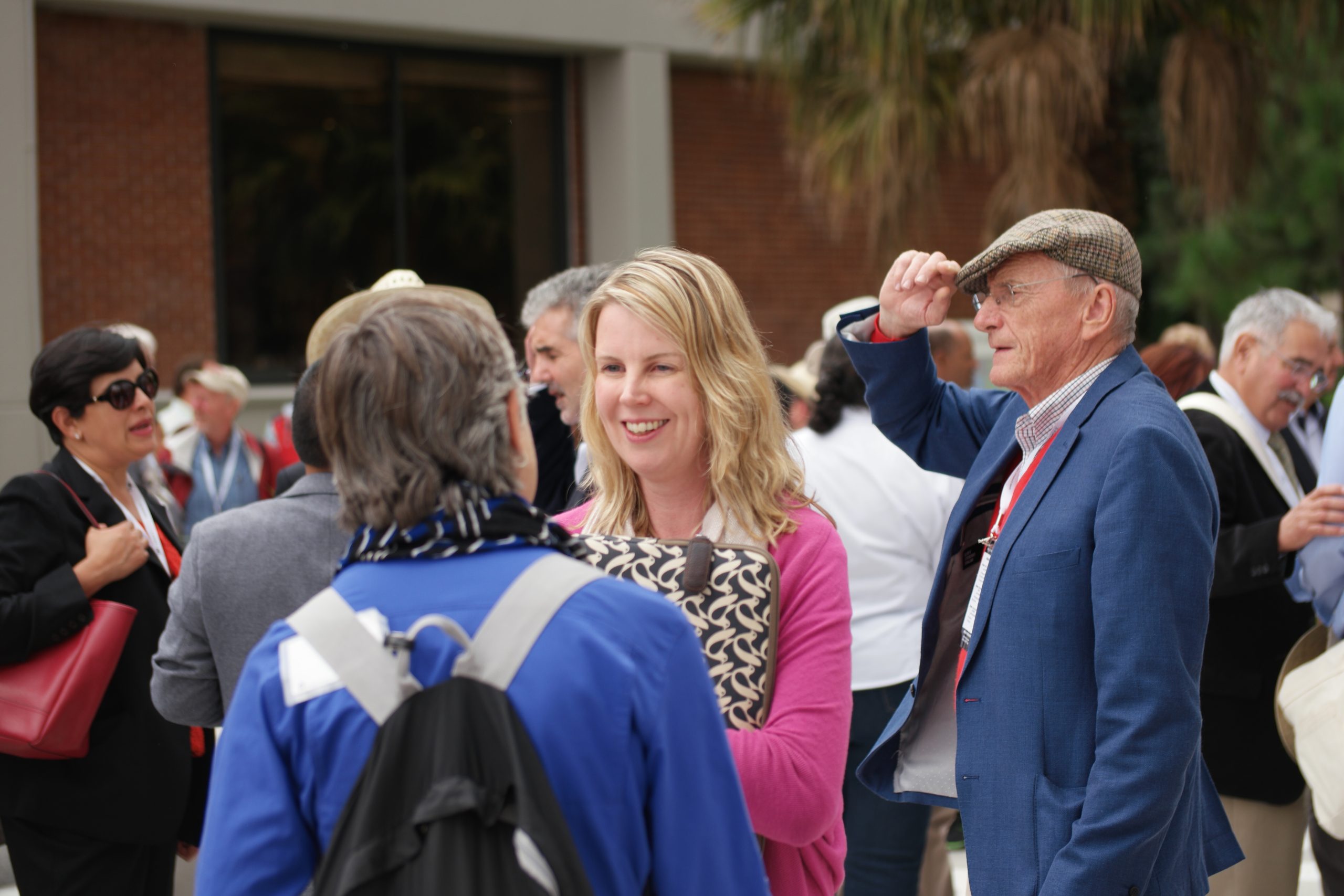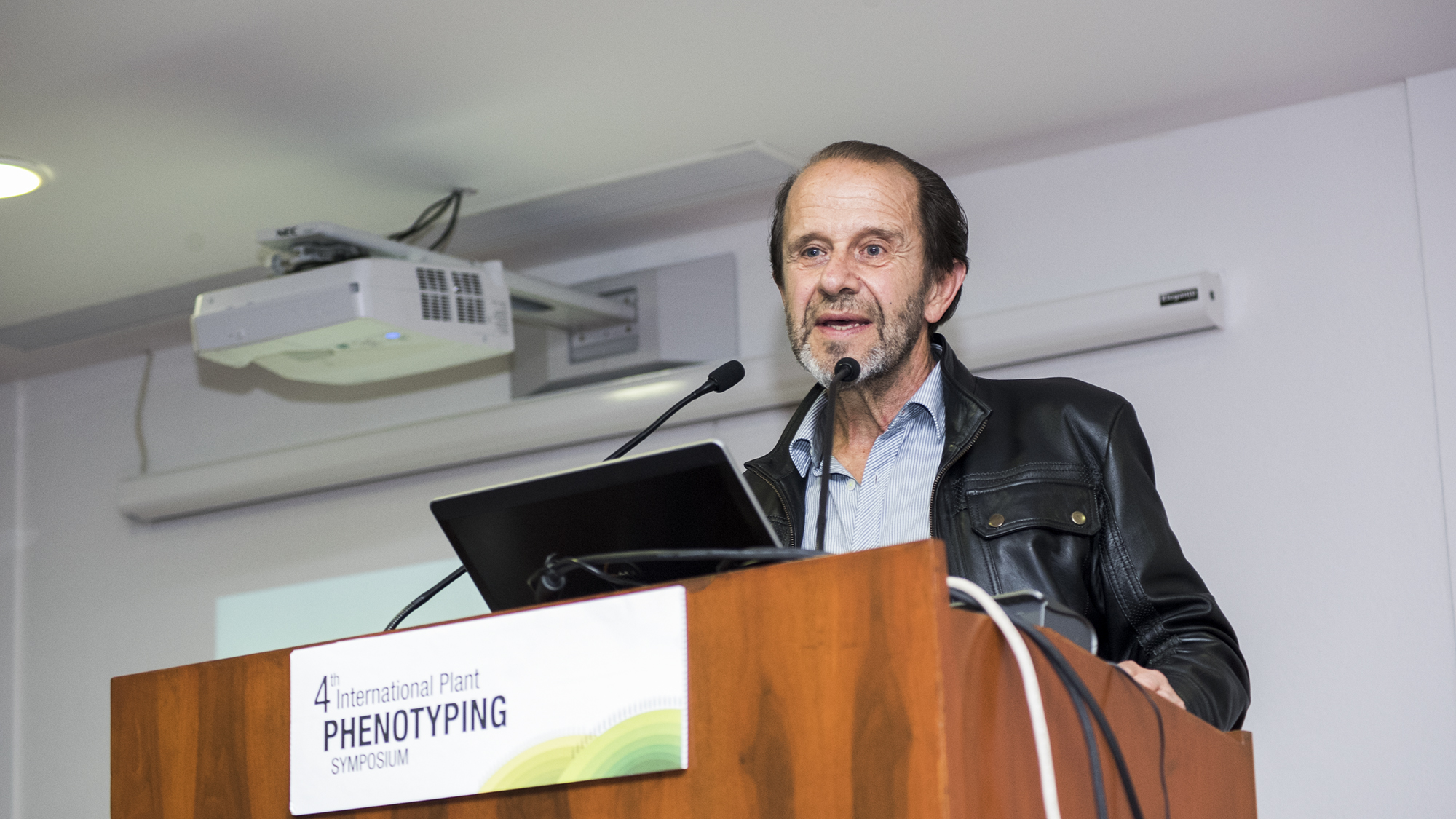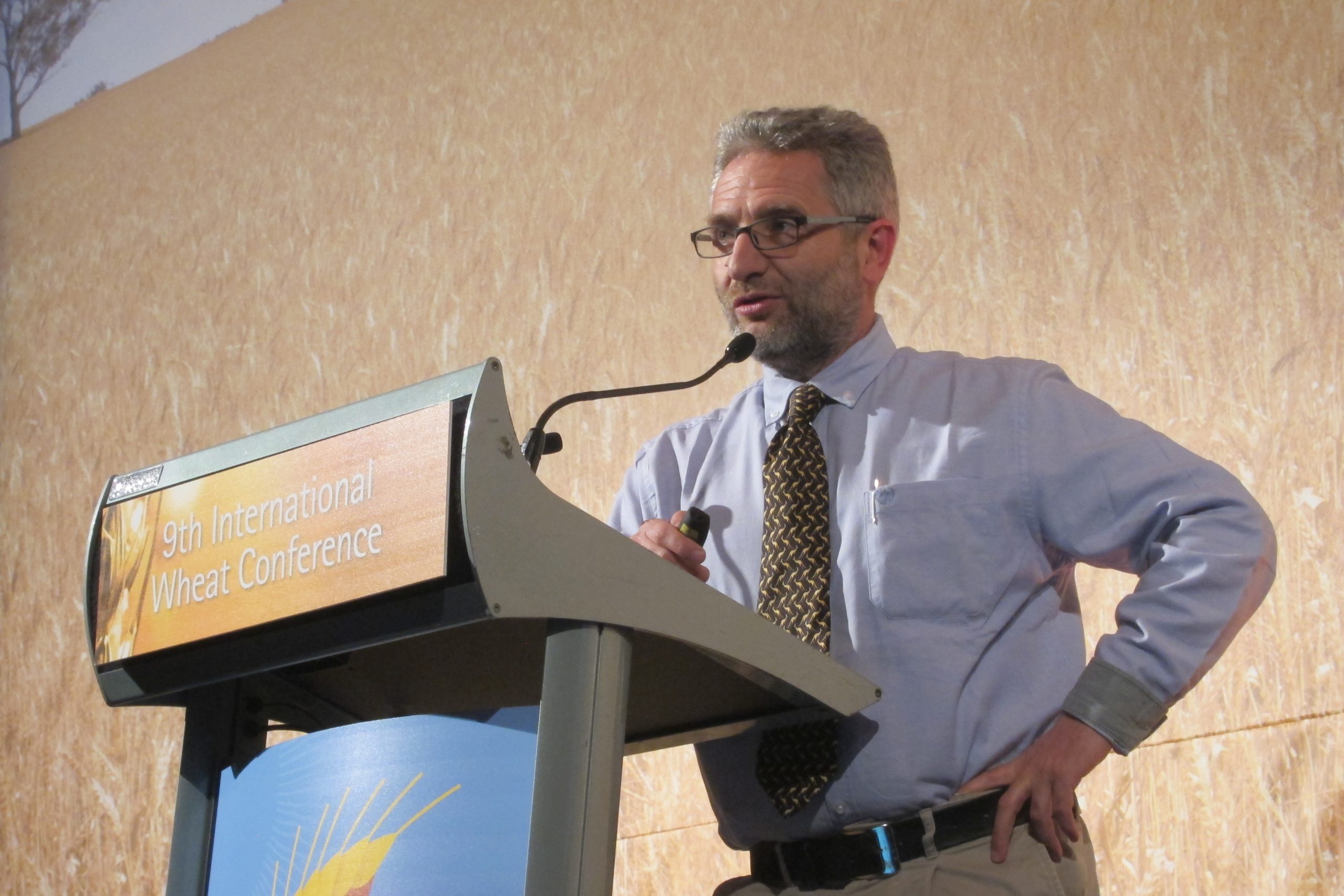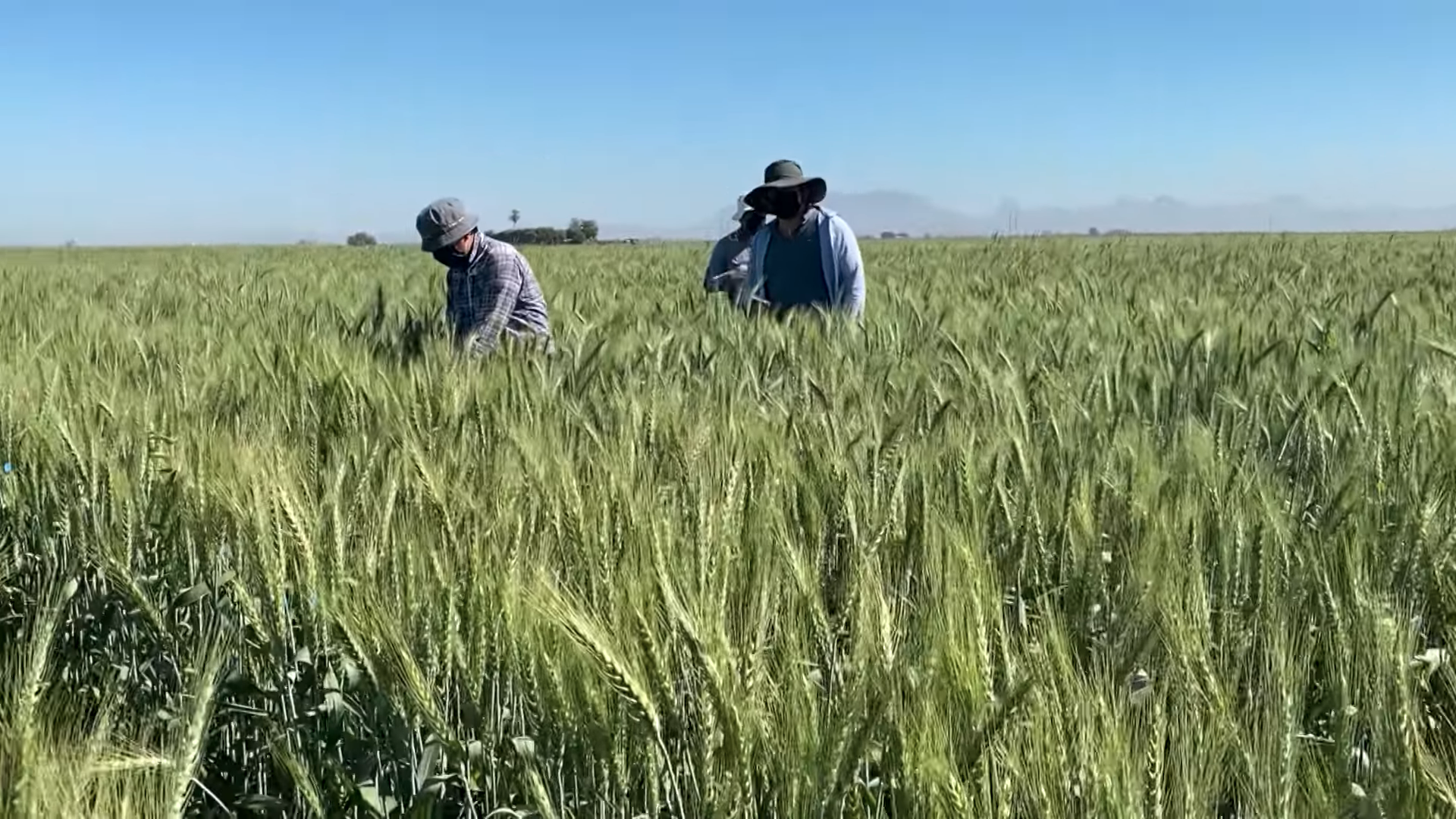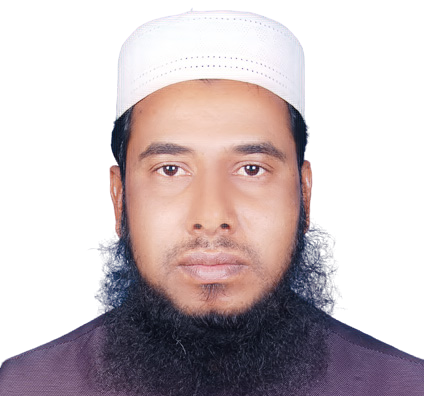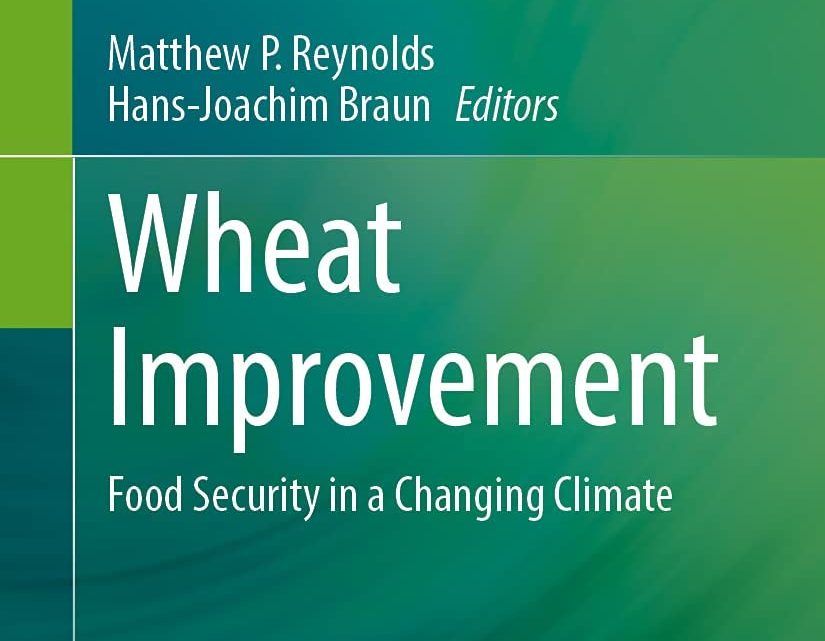CIMMYT Distinguished Scientist Matthew Reynolds named recipient of the 2024 International Crop Science Award
CIMMYT proudly announces that Distinguished Scientist and Head of Wheat Physiology, Matthew Reynolds, has been honored with the prestigious 2024 International Crop Science Award by the Crop Science Society of America (CSSA). Reynolds has advanced CIMMYT’s mission by promoting global partnerships that strengthen plant science, expand the center’s international reach, and provide young scientists with opportunities to engage in agricultural research.
Revolutionizing wheat breeding for climate resilience
Reynolds develops wheat breeding technologies aimed at improving climate resilience and the productivity of wheat cropping systems. His research has unveiled the physiological bases of yield potential and abiotic stress resistance in wheat. Reynolds’s efforts reveal the genetic underpinnings of complex traits, facilitating the development of hardier wheat varieties from diverse gene pools.
Global collaboration and impact
Reynolds promotes international collaboration among wheat scientists. He leads key initiatives such as the International Wheat Yield Partnership (IWYP) and the Heat and Drought Wheat Improvement Consortium (HEDWIC). These collaborations leverage collective expertise and have resulted in significant outputs, including high-yield lines tested at approximately 200 sites globally, which confirm innovative routes to enhanced yields and climate resilience.
 Mentorship and educational contributions
Mentorship and educational contributions
Reynolds’s laboratory at CIMMYT is a hub for mentoring young scientists. He has provided open-access manuals on phenotyping, translated into four languages, to support global research efforts. His extensive publication record covers crop physiology, genomics, and pre-breeding. Since 2018, Reynolds has consistently ranked in the top 1% of researchers in his field by Web of Science. In 2024, Matthew Reynolds also received the Research.com Plant Science and Agronomy in Mexico Leader Award for placing 53rd in the world and 1st in Mexico.
International Crop Science Award
The International Crop Science Award recognizes creativity and innovation in transforming crop science practices, products, and programs on an international level. The award acknowledges scientists who have achieved global impact through long-lasting knowledge generation that strengthens international crop science.
For more information on the 2024 awards, including award descriptions, please visit CSSA Awards or contact awards@sciencesocieties.org.
